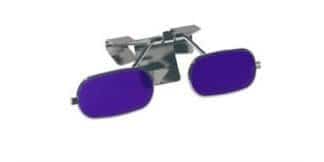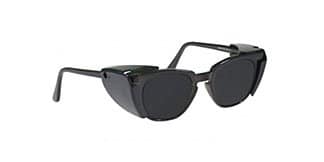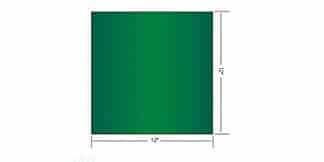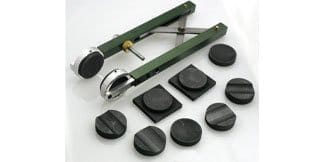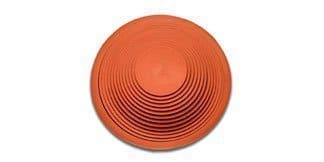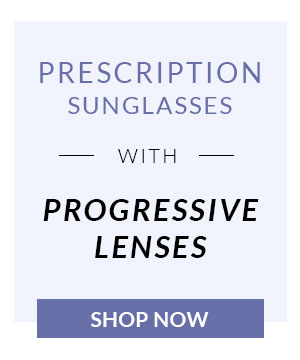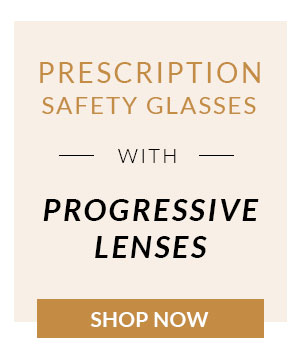Our office is closed from the 10th of July to the 16th of July of 2023 for the Northern Ireland Bank Holidays.
No orders placed will be sent to production, and no emails or queries will be responded to during this period. We will return your emails as soon as we are back in the office.
Winter Sale
10% OFF Entire Store (T&C’s apply)
Use Code: WNTR23
Ends: 20/01/23, 11:59 pm GMT
Valentine’s Day
10% OFF Entire Store
Use Code: LUV23
Ends: 16/02/2023, 11:59 pm GMT

